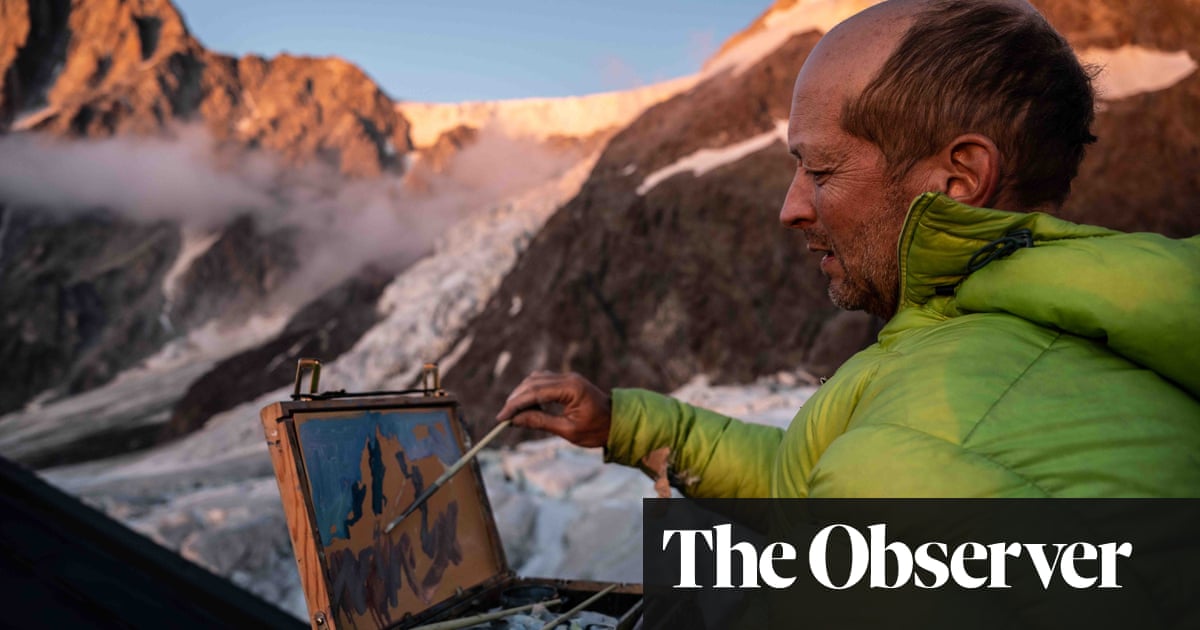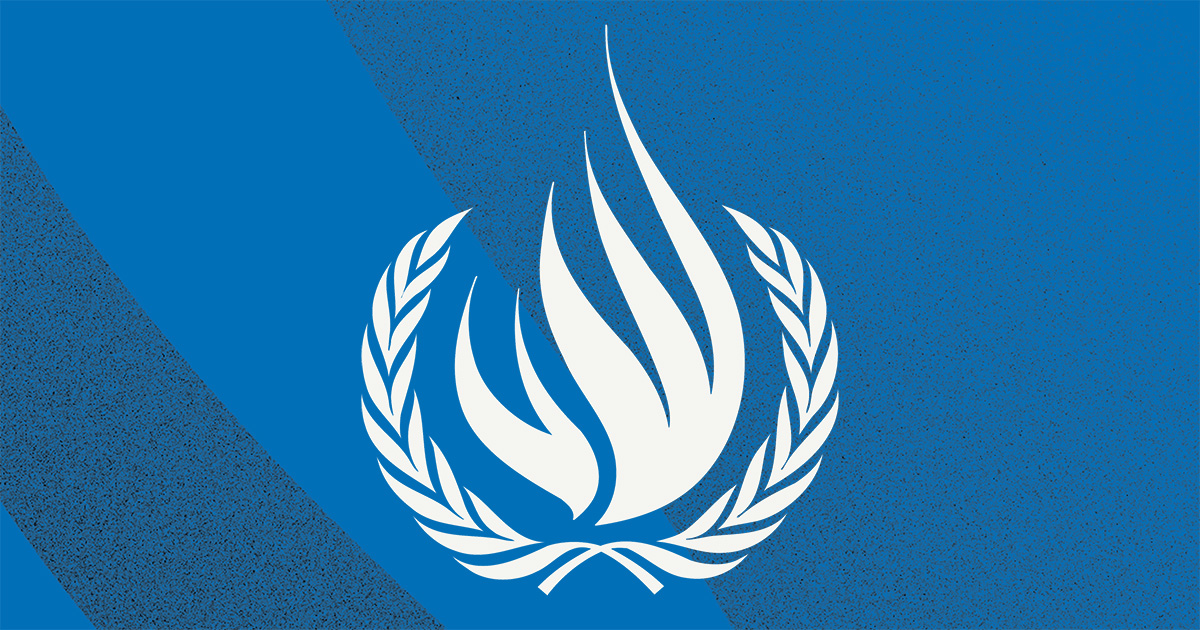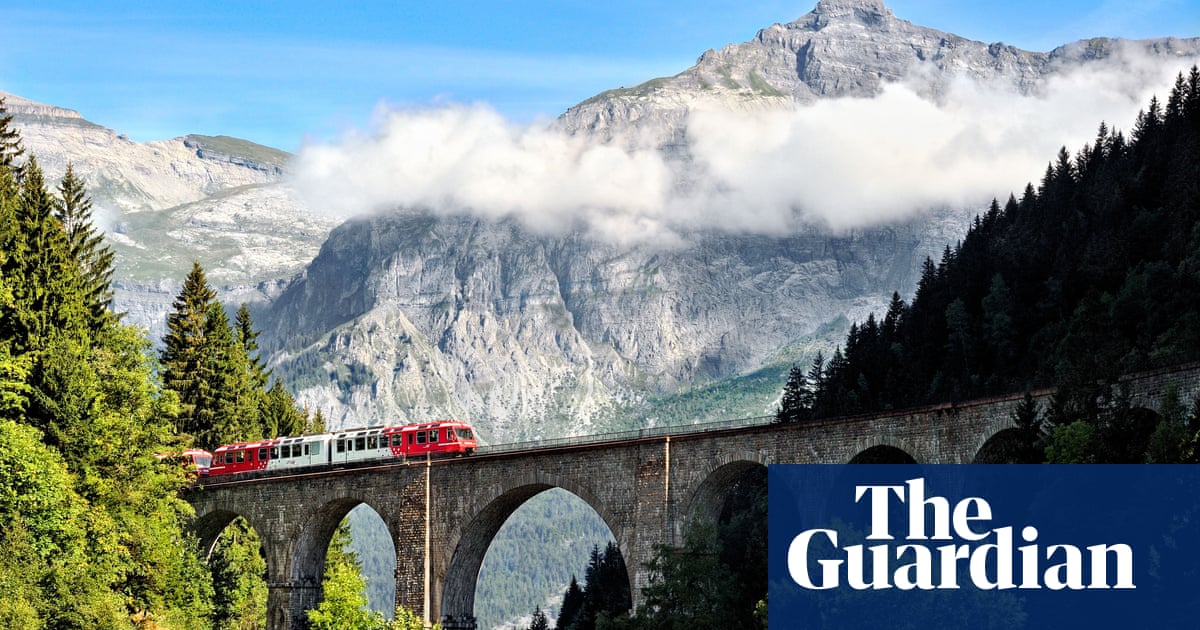
A British landscape artist who recreated a climb made 150 years ago to document the impact of the climate crisis on western Europe’s highest mountain says what he found was so grim it reminded him of the “dark paintings” of Francisco de Goya.
James Hart Dyke ascended Mont Blanc’s ancien passage north face, the route taken in 1786 by the first climbers to reach the summit. It was also the same one taken in August 1873 by French painter Gabriel Loppé, whose climb inspired Hart Dyke’s own.
“Loppé was a legendary painter of the Alps, and the peaks he saw and captured on his canvases are now disappearing,” said Hart Dyke. “I wanted to capture them again, partly to show the damage that’s already been done, and partly to share one more glimpse of Europe’s best-known mountain range before it disappears for ever.”
Within the next few years, he said, no painter – or anyone else – will be able to make the climb. “The glaciers are melting so fast that as you cross, there’s a kind of rippling effect on the surface that makes it almost impossible to walk on.
“The bottoms of the glaciers have completely deteriorated: where Loppé saw pristine blue-white snow, I was looking at dirt and black ice.”
As Hart Dyke climbed, rocks were becoming dislodged around him. “The ice sticks everything together, so now it’s melting, the rocks are coming away and the possibility of an avalanche is very high.”
Hart Dyke’s Mont Blanc paintings will be exhibited in London at Cromwell Place, South Kensington, later this month alongside those of Loppé, highlighting the difference the climate crisis has made to the glaciers and the mountain.
Among 40 paintings by Hart Dyke will be one entitled Death Mask, which shows a serac, or glacier pinnacle, whose ice has disappeared completely. “It’s black and ominous and it reminds me of the dark works of Goya, which also had a message about devastation and decline,” he said.
Hart Dyke discovered mountain painting in his 20s when he accompanied the then Prince Charles on a tour of the Himalayas as his official artist.
After travelling there with the royal party in 1998, he returned several more times, and he has also painted in Patagonia, the Atlas mountains, the Scottish Highlands and the Lake District. He was embedded with British troops in Afghanistan as a war artist and in 2009 was artist in residence at MI6.
He made his ascent of Mont Blanc in July 2022, carrying his easel and oil paints and accompanied by a team of guides, a photographer and climbers including French mountaineer Christophe Profit, said to be the only person now able to navigate the north face, and Loppé’s great-great-great-grandson, Gabriel Bellanger.
Hart Dyke said: “Due to the dramatic reduction in the volume of the glaciers since the 19th century, the route is now heavily crevassed and hardly anyone does it any more.
“The hut halfway up was built to accommodate the 60 or 70 climbers who might have been attempting it at any time in the past – but on our trip there were only two or three other people staying. The route has become very challenging and we found it especially tough on the descent.
“When we got to the top, I was able to stand exactly where Loppé stood watching the sunset in 1873, and I couldn’t but be aware of the huge changes that have happened across the years since. It was quite overwhelming – it felt like the most emotionally charged moment of my career.”
Loppé was painting in the heyday of landscape artists: over the years since, it has become a less fashionable area of the art scene, but Hart Dyke believes it has much to offer a world in the throes of a climate crisis.
“I paint landscapes because they remind me – and I hope seeing them reminds others – of the simple joy of being alive. Being on top of a mountain is the best place I can think of to celebrate life and to be aware of nature, of the wonders of the planet.
“And right now there’s an urgency to being aware of the landscape around us: because if we connect with it, we’ll be more committed to the changes we have to make.”












